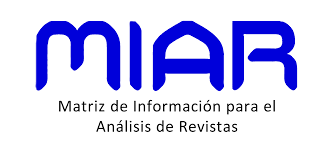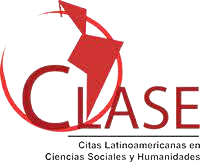Quiriguá 1910-1914: un punto de inflexión en la conservación del patrimonio arquitectónico maya
DOI:
https://doi.org/10.56039/rgn15a10Palabras clave:
patrimonio maya, conservación arquitectonica, quiriguá, maya heritage, achitectural conservationResumen
Los trabajos desarrollados por la School of American Archaeology bajo el auspicio de la United Fruit Company, que se sucedieron entre 1910 y 1914 en la antigua ciudad de Quiriguá, hoy Patrimonio de la Humanidad, supusieron un cambio de paradigma en la conservación del patrimonio arquitectónico maya. El desarrollo de un proyecto en cuatro temporadas, financiado por una de las empresas económicamente más potentes y políticamente más influyentes del momento, no sólo implicó la instauración del primer proyecto institucional de investigación arqueológica en Guatemala, sino que fue el detonante para establecer las primeras directrices para la conservación de la arquitectura heredada de la antigua civilización maya. El presente estudio profundiza en el contexto histórico, político y económico en el que se gesta el acuerdo para esta intervención pionera, y su repercusión en la historia de la conservación de la arquitectura precolombina en el área maya a partir del análisis documental de los archivos institucionales y la incipiente legislación al respecto.
Descargas
Publicado
Número
Sección
Licencia

Esta obra está bajo una licencia internacional Creative Commons Atribución-NoComercial-CompartirIgual 4.0.























